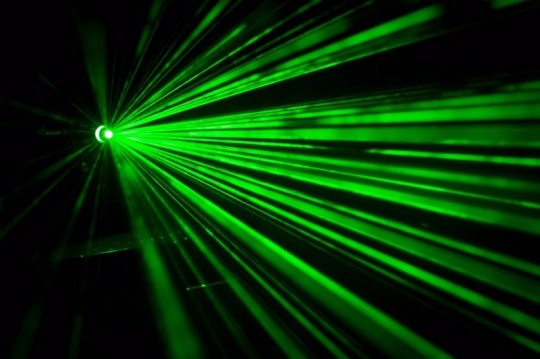
The German National Institute of Physics Engineering (PTB) and the Boulder University Joint Research Laboratory (JILA) in Colorado have announced the development of the world's smallest 10mHz (0.01Hz) scale new lasers.
"The smaller the line width of the laser, the more accurately we can measure the frequency of an atom in an optical clock," says Thomas Regero, PTB. With this new laser, we can significantly improve the quality of the watch. "
The world's sharpest laser was invented by a group of researchers from the American Institute of Standards and Technology (JILA), a collaborative research center at Boulder University in Colorado, and PTB and researchers for about 10 years.
Laser precision is useful in a variety of applications, such as optical atomic clocks, precision spectroscopes, and radio astronomy, and may also be used to test Einstein's theory of relativity.
The laser light has only one fixed wavelength or frequency. In practice, however, most laser spectral types range in width from a few kHz to a few MHz and are not suitable for many experiments where high precision is required.
The researchers therefore focused on developing lasers with better frequency stability and narrower linewidths.
The researchers found that the new laser had narrow linewidths and that the frequency of the laser light emitted from the new laser was more accurate than previously achieved.
The new lasers are currently being used by JILA in Boulder, Colorado and PTB in Germany, to improve the quality of optical atomic clocks and to perform new precise measurements on cryogenic atoms.
In PTB, the laser's super stable light is already being distributed through the optical waveguide and is being used in Braunschweik's optical clock.
![[Issue] World’s smallest 10mHz laser development issue worlds smallest 10mhz laser development](https://moontore.com/wp-content/uploads/2019/02/issue-worlds-smallest-10mhz-laser-development-1200x700.jpg)


